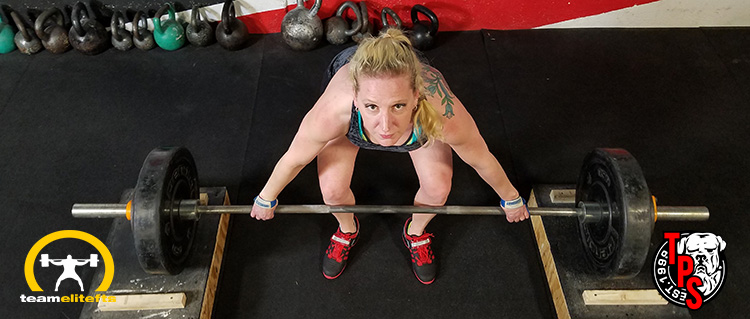
There are a zillion assistance exercises that you can use to build your weak points for the deadlift, and for the other major lifts too.
(Note: I use “assistance” as a term for a second or third mulit-joint exercise and “Accessory” as one that is done for higher reps later in your session)
The key is to pick one that works for you and your weakness.
And
To do the exercise properly.
I have pontificated and shared programs with several options including:
- Deficit Pulls
- Block/Mat Pulls
- Opposite Deadlifts
- Good Mornings
Today we will go over how to Build Your Deadlift with the Snatch Grip Deadlift.
This is an outstanding assistance lift if you have a weak upper back or erectors.
- Do you miss the deadlift at lockout due to rounding your upper back?
- Do you round your lower back excessively at heavy loads off the floor?
- Do you initiate your pull with your back as opposed to STABILIZING with your back?
If you said “yes” to any of these, this might be the Golden Ticket for you.
A nice benefit of the Snatch Grip Deadlift is that it makes your upper back stronger and bigger, and your erectors too. This carries over to your Squat and Bench.
How To:
The Snatch Grip Deadlift is not a traditional Deadlift, and many cues for it are contrary to the traditional pull.
That’s what makes it work.
It’s different.
Grip width is the first thing to determine.
You see many Weightlifters with their grip all the way out to the end of the bars, but that is not where you should begin.
If you’re new to this lift, be conservative and get the foundation down before going too wide.
I suggest that you get your grip as illustrated in the photo below.
Put your arms in this position and your grip will be this width. Simply extend your arms and keep the hands at this distance. You can always move them out later.
Next:
Foot Position:
Stack your joints like poker chips.
(Bone stack)
Stand in front of the bar with your ankle, knees and hips all in a straight line and point your toes out about 30 degrees.
Then:
Take your grip, this is where it gets different from a regular Deadlift in a few ways. You want to do what is called the Tri-Lat Tuck here.
Flex your triceps and tuck your lats togheter and turn your elbows out.
How do I tuck my lats together?
Easy.
Squeeze your shoulder blades together and up; and shrug up and slightly back. Keep those triceps flexed.
In a normal Deadlift, we do not shrug up, we pull the lats down.
Snatch Grip is the opposite. This is an important point.
Get those traps up and keep those triceps flexed with the elbows out.
Set Up for Lift Off:
Now it really gets weird.
Make sure your shoulders are ahead of the bar.
In a traditional deadlift we want the shoulders over the bar.
In the Snatch Grip we want them slightly ahead.
Drop your butt down lower than your hips if your flexibility allows.
If it doesn’t, pull from blocks.
(As a matter of fact, start these on blocks and work your way to the floor over a few weeks.
7” blocks are a good height for most to begin.)
Your knees should be ahead of the bar with a positive shin angle.
In a regular Deadlift, we look for a neutral shin angle, meaning pretty much straight up and down, close to 90 degrees to the floor.
Snatch Grip is different, your knees should be ahead of the bar a little and your shins should be 10-20 degrees towards the toes. This is not an exact number, just a reference point.
Now you are almost ready to pull.
Right before you pull, take the slack out of the bar and your arms, shrug your traps as high as you can and pull your butt down a hair, then lift.
Keep the bar touching your body all the way up.
Keep you back in the pull too!
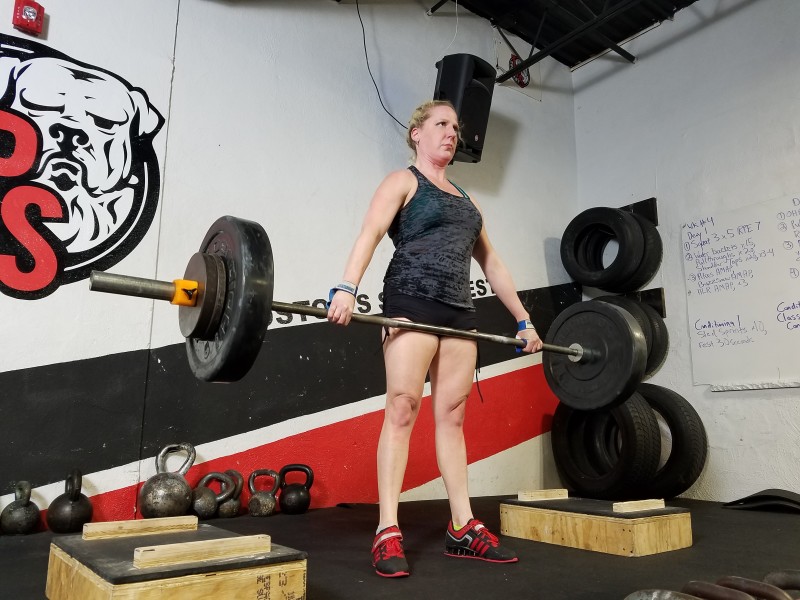
This means that you need to keep your shoulders ahead of the bar until your legs are almost straight.
Finish by fully straightening the legs and body.
Lower quickly and reset.
Build Your Deadlift: Set and Reps
This is entirely up to you or your coach, but I feel that to build your Deadlift, sets of 3-5 are best here.
Unless you are doing them as a third exercise, then go to maybe 8.
A good starting point is 5-6 sets of 3.
Not HEAVY triples.
Focus on getting it right and keep the weight where you can maintain position.
As you get stronger, obviously add weight.
AND
I never hardly ever use straps for anything and that may be smart or really stupid, but I almost always use straps for Snatch Grip.
You can hook grip if you are used to it, bit since we are using this to build our regular deadlift, I suggest Made in USA straps.
It’s one less thing to think about.
Your grip will usually be the limiting factor on these and you’ll move up in weight quickly.
Another thing, there is some discussion on why deadlifts are so hard to recover from lately and many feel it is due to the high amount of grip strength used.
Whether it is or isn’t, use the straps.
That’s all for this week.
Give these a try for a few weeks if you aren’t doing them and build your deadlift.
Feel free to post on the Q&A with any questions on how to do them, and be sure to tag me.
Ask me a question-Be sure and Type to Murph in the header
Find me on Google-search for Total Performance Sports Malden, Mass. The Best Gym in Boston, Facebook too.
Oh, yeah, follow us on Instagram too. TPSMalden
SHARE THIS!
#bostonsstrongest
Vincere vel mori









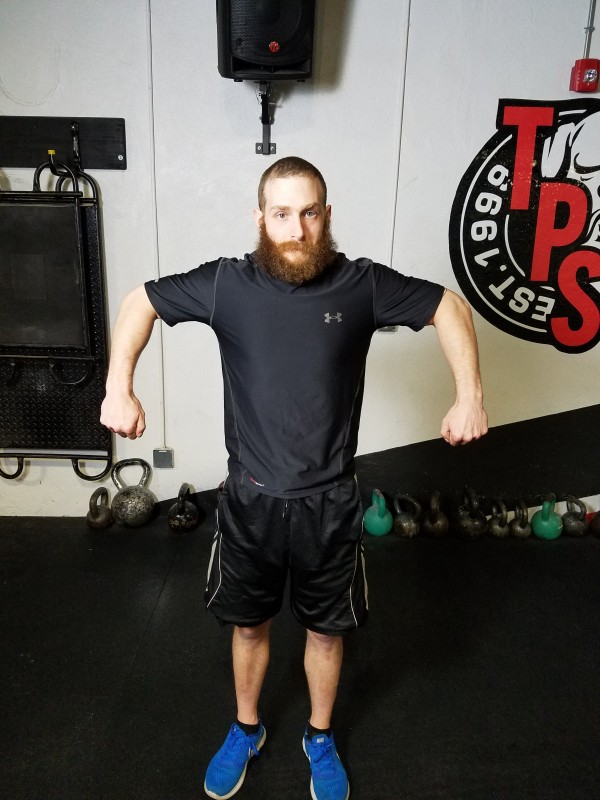
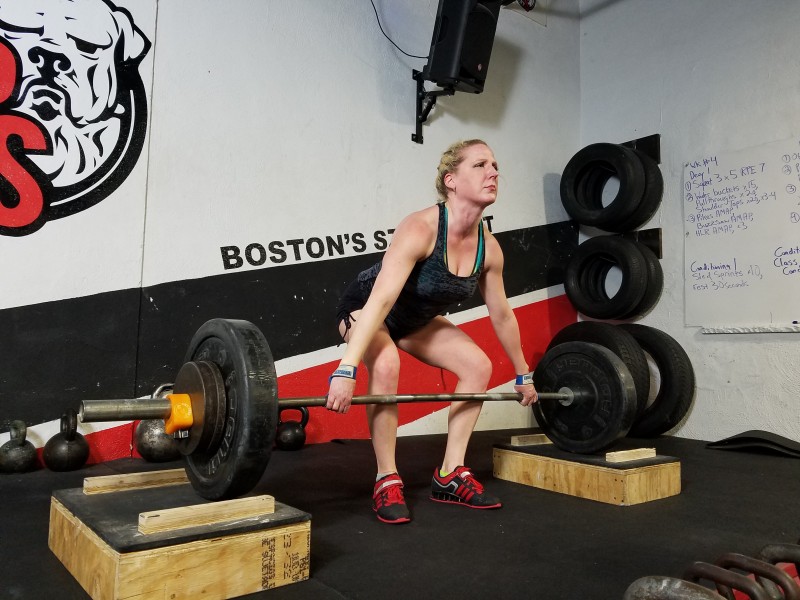
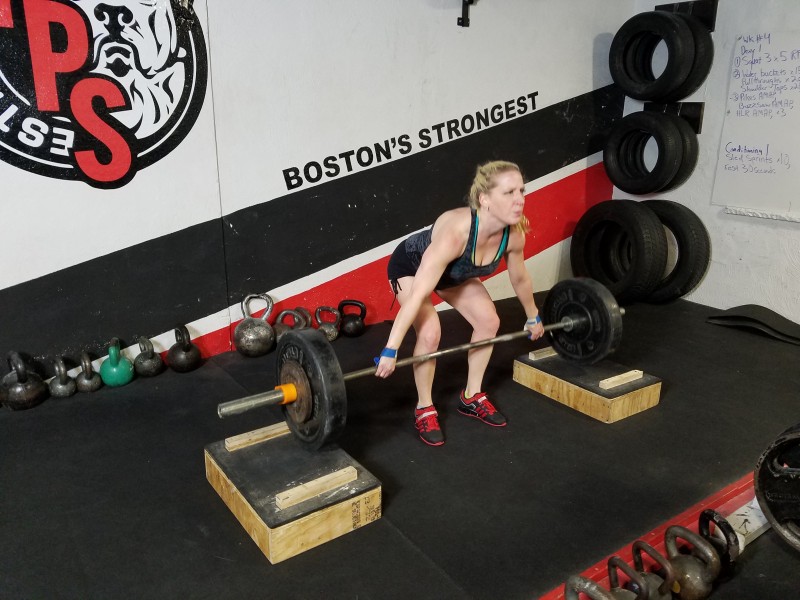
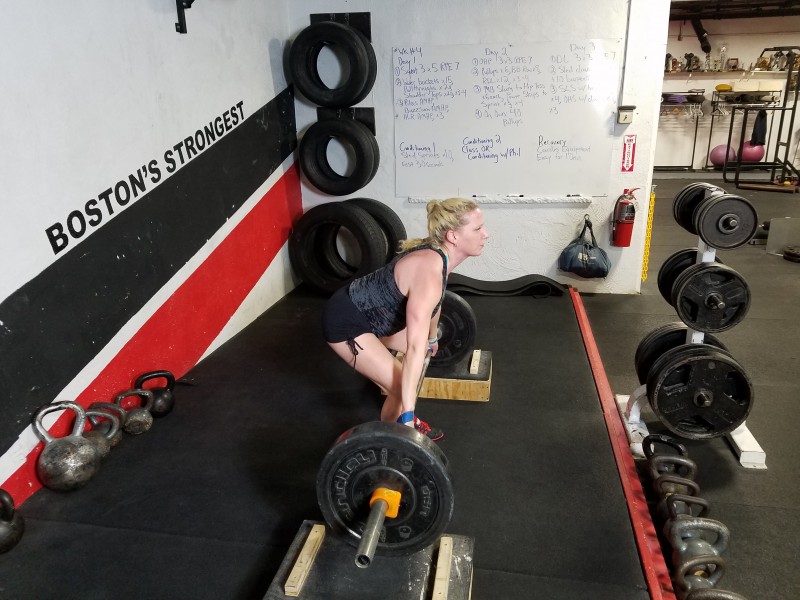

1 Comment